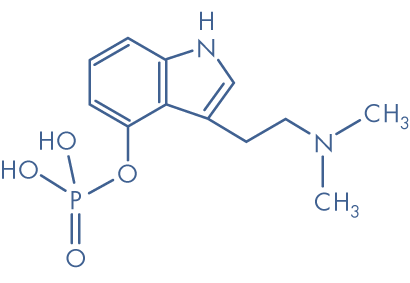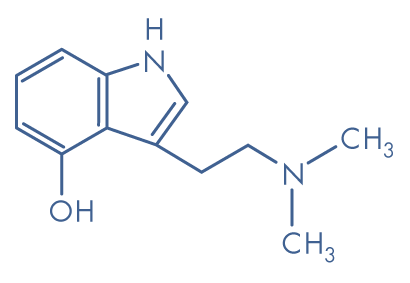Magic mushrooms
Just a little scenario before I start with my actual article. So I have a friend that’s reviewing and earning units so he can take his microbiology licensure exam. It’s an annual thing for them and with 6 classes that he’s trying to juggle, he chats me up to say he gives up and that he wants to just go home to the province to grow magic mushrooms.
In all honesty, I’ve done the same thing to him where I said I wanted to go up the mountain to make crystal meth, but I think we’re always just half joking when we talk about just being drug lords instead of actually taking our professions seriously. Because if you think about it… 1 mushroom is around $30 and a gram of crystal meth would probably sell pretty high if it’s crystal grade. And I never screw up an analysis so we just thought it would be easy money.
Anyways, Since we were talking about magic mushrooms, I thought I would talk about it here too.
Magic mushroom, shrooms, hallucinogenic mushrooms, little smoke, purple passion, is a collective term. It just refers to mushrooms or any other fungi/fungus that’s high in psilocybin and psilocin. Under the kinds of genera that are high in psilocybin include Copelandia, Gymnopilus, Inocybe, Paneaoleus, Pholiotina, Pluterus and Psilocybe.



Contrary to popular belief, they aren’t the colorful red mushrooms you see in cartoons or in movies. Magic mushrooms are often just regular looking mushrooms that you can mistake for any edible mushroom sold in markets.
What makes them special is the hallucinogenic compounds they contain. So we go back to Psilocybin (PY, 4-phosphoryloxy-N,N-dimethyltryptamine). Its name was actually based on the genera psilocybe, which has the highest concentration among the fungi mentioned before.

That’s not the end of it though. After ingestion, psilocybin gets converted to psilocin (3-(2-dimethylaminoethyl)indol-4-ol) , which is really what causes the hallucinogenic effect in these shrooms. Although psilocin is already present in shrooms in smaller amounts. Other than these two, there’s two other compounds present that contribute to the “magic” - baeocystin and norbaeocystin, but they’re not the key compounds of this article.

Going back to psilocin, this compound mainly interacts with 5-HT1A, 5-HT2A and 5-HT2C receptor subtypes (receptors for serotonin/love). But unlike most hallucinogens, they have little to no effect on your dopamine receptors, instead, shrooms show a high affinity to your serotonin receptors because of the amine in their structures. It’s a fascinating drug, actually since most substances usually almost always affect dopamine receptors. It might be a reason why withdrawals from shrooms aren't as deteriorating or that hard to quit on compared to other substances like cannabis and other forms of drugs.
How it affects behaviour would depend on the dose and the individual reaction and sensitivity to psilocybin. One should consider the strain of shroom they’re going to consume first. Psilocybe, Panaeolus and Copelandia are shrooms that have the highest amount of psilocybin so most shroomers opt to cultivate these.
It would also depend on the form it’s taken in since it’s a mushroom, it can be taken as a regular consumable, as fresh, dried, steeped (tea form), powdered, capsuled or mixed in food. Although studies have suggested that heating or cooking the shrooms may reduce the psychedelic effect. Still, one would likely experience these when they intake shrooms:
euphoria and wellbeing
change in consciousness, mood, thought and perception (commonly called a trip)
dilation of pupils
perceptual changes, such as visual and auditory hallucinations (seeing or hearing things that aren’t there, or are distorted)
stomach discomfort and nausea
headaches
fast or irregular heartbeat
increased body temperature
breathing quickly
vomiting
facial flushes, sweating and chills.
Of course, these will all depend on the mood of the consumer too and on the mental state. Like most substances, shrooms also often boost one’s current mood, and of course having “bad trips” is not exempted when taking shrooms.
Overdosing. So far, there’s no reports of anyone ever dying from overdosing, but cases of coma have been reported. Last time I checked, shrooms aren’t fully accepted as a treatment for depression, anxiety and PTD (post traumatic depression) since there’s a lack of study on shrooms. Most government agencies make it impossible for medical institutes to obtain shrooms, which is why further clinical development has not been made with this substance.
Sources:
https://www.emcdda.europa.eu/publications/drug-profiles/hallucinogenic-mushrooms_en
https://adf.org.au/drug-facts/psilocybin/
https://www.medicalnewstoday.com/articles/308850#risks
And so, think about it if you want to take shrooms XD my friend and I need to stop reconsidering being drug lords as a profession, I swear.





There is one very important effect they can induce:
For weeks (months...) after
consuming a certain dosage sufficient to pause consciousness
("temporarily dissociate from their sense of self")
neurons are sparked into beginning a regrowth process.
It seems like having climbed a staircase
up to where you can see your situations with a panoramic clarity.